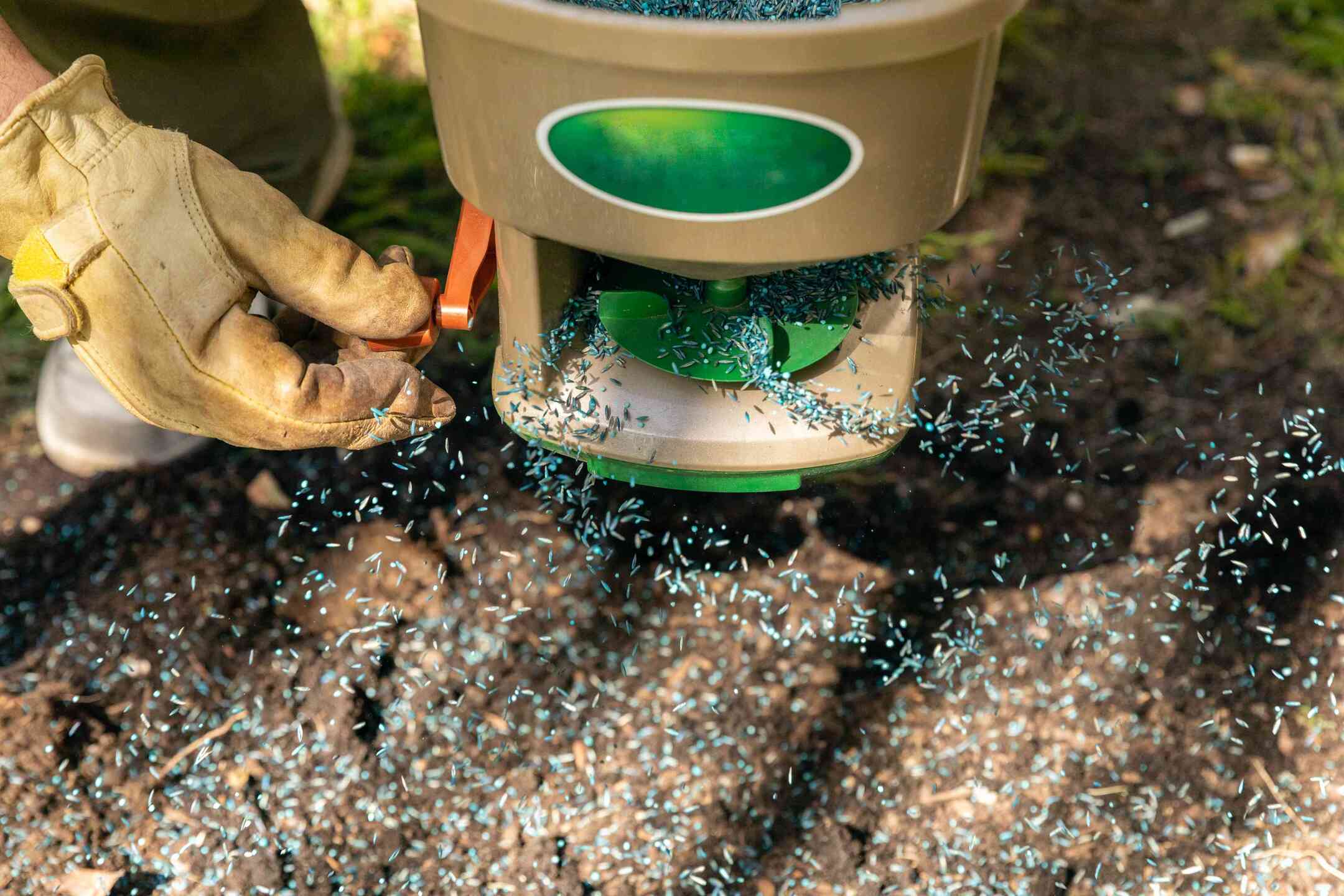Roundup, a popular glyphosate-based weed killer, is a go-to solution for many homeowners battling unwanted plants in their yards. However, after applying this herbicide, you’ll need to know when it’s safe to plant new vegetation again, for the health of your future plants. While Roundup effectively eliminates weeds, understanding its residual effects and the appropriate waiting periods for planting can make a big difference in a garden’s success.
Weeds are the bane of every gardener’s existence. No matter how carefully you prepare the soil and plan your garden, they always seem to find a way to sprout up and steal water nutrients and sunlight from your precious flowers and vegetables.
That’s why weed killers can be such an important tool for gardeners. A good broad-spectrum herbicide will wipe out those unwanted weeds in no time. However, many gardeners have concerns about how soon they can start planting again after applying weed killer. Keep reading to find out the answer.
Understanding Weed Killers
The most common active ingredients in weed killers are glyphosate, pelargonic acid, dicamba and 2,4-D. These chemicals work by moving through the weed’s foliage down to the roots, disrupting plant processes and destroying the plant.
Most weed killers are non-selective meaning they will kill any plant they come in contact with – not just weeds. For this reason, it’s crucial to avoid spraying or drift onto desired plants.
Glyphosate is a systemic herbicide, so it takes time to fully translocate through the entire plant. Other herbicides like pelargonic acid work on contact, damaging plant tissues soon after application.
How Long to Wait Before Planting
Most weed killers break down relatively quickly in the soil through microbial activity, absorption and other natural processes. However, you’ll still need to wait a certain period before planting to prevent damage.
Glyphosate products like Roundup require the longest wait times. The brand recommends waiting 3-5 days for annuals, 7 days for grasses and up to 4 weeks for trees and shrubs. Always check the specific product label.
Pelargonic acid herbicides can usually be planted over within 24 hours, or when the treated area has fully dried. Examples include Scythe and Eliminator Weed & Grass Killer.
2,4-D and dicamba break down within 7 to 14 days depending on the formulation. Expect to wait at least 2 weeks before planting sensitive ornamentals.
Finally, always do a small test by planting a few tolerant seeds or transplants in the treated area. If they show signs of injury, wait longer before planting more.
Tips for Planting After Weed Control
Follow these tips for best results when planting after using weed killers:
-
Remove any dead weeds and work the soil to dilute residual herbicide. Mixing in compost can help bind chemicals.
-
Water treated areas thoroughly before planting to prevent roots from absorbing herbicide.
-
Choose herbicide-tolerant plants if planting soon after treatment. Onions, sweet corn, grasses and daisies tend to be tolerant.
-
Consider doing a second application of weed killer if needed instead of working around plantings.
-
Wait as long as possible if using pre-emergent herbicides like trifluralin which can last months in soil.
-
Mulch beds after planting to prevent new weeds from emerging.
With the right weed control plan, your flower and vegetable beds will be weed-free and ready for planting beautiful new additions in no time. Just be sure to follow all label precautions and allow enough wait time based on the product used. Happy gardening!

Best Practices for Planting After Roundup Use
For best results when planting after using Roundup, always read and follow the label instructions for the specific product used. Allow ample time for weeds to fully die before disturbing the soil, and use a soil test to check for herbicide residues if you’re concerned they haven’t fully broken down yet.
Good soil prep can prevent the potential negative effects of Roundup. Tilling or turning over the soil helps with aeration and breakdown of any remaining herbicide. Adding organic matter to the soil can improve its structure and boost microbial activity. Additionally, watering the area thoroughly helps flush any remaining herbicide from the root zone.
Factors Affecting Planting Time After Roundup Use
Several factors can influence how long you should wait to plant after using Roundup. Understanding these can help you make more informed decisions about your planting schedules.
How Soon Can I Plant After Using Weed Killer?
FAQ
How long after weed killer can I plant plants?
Generally, it is recommended to wait at least 7 to 14 days after applying Roundup before replanting. This allows time for the glyphosate to break down in the soil and reduces the risk of harming new plants.
Can you use weed killer before planting flowers?
Spray organic herbicides thoroughly onto grasses and weeds in your planting area. For the herbicide to take effect, it needs to contact the plant material, not the soil or the roots. To prevent damaging plants you want to keep, cover them before spraying.
When can you replant after using weed killer?
For grasses and edible plants, Scotts recommends waiting three days after application before planting. This longer waiting period is important for several reasons. First, it allows enough time for the herbicide to be fully absorbed by weeds and gives it an opportunity to breakdown in the soil.Mar 14, 2025
Can you plant flower seeds after using weed killer?
Answer: You must wait at least 30 days to seed after applying weed controls. Seeding too soon after applying weed control can prevent your new seedlings from germinating.
